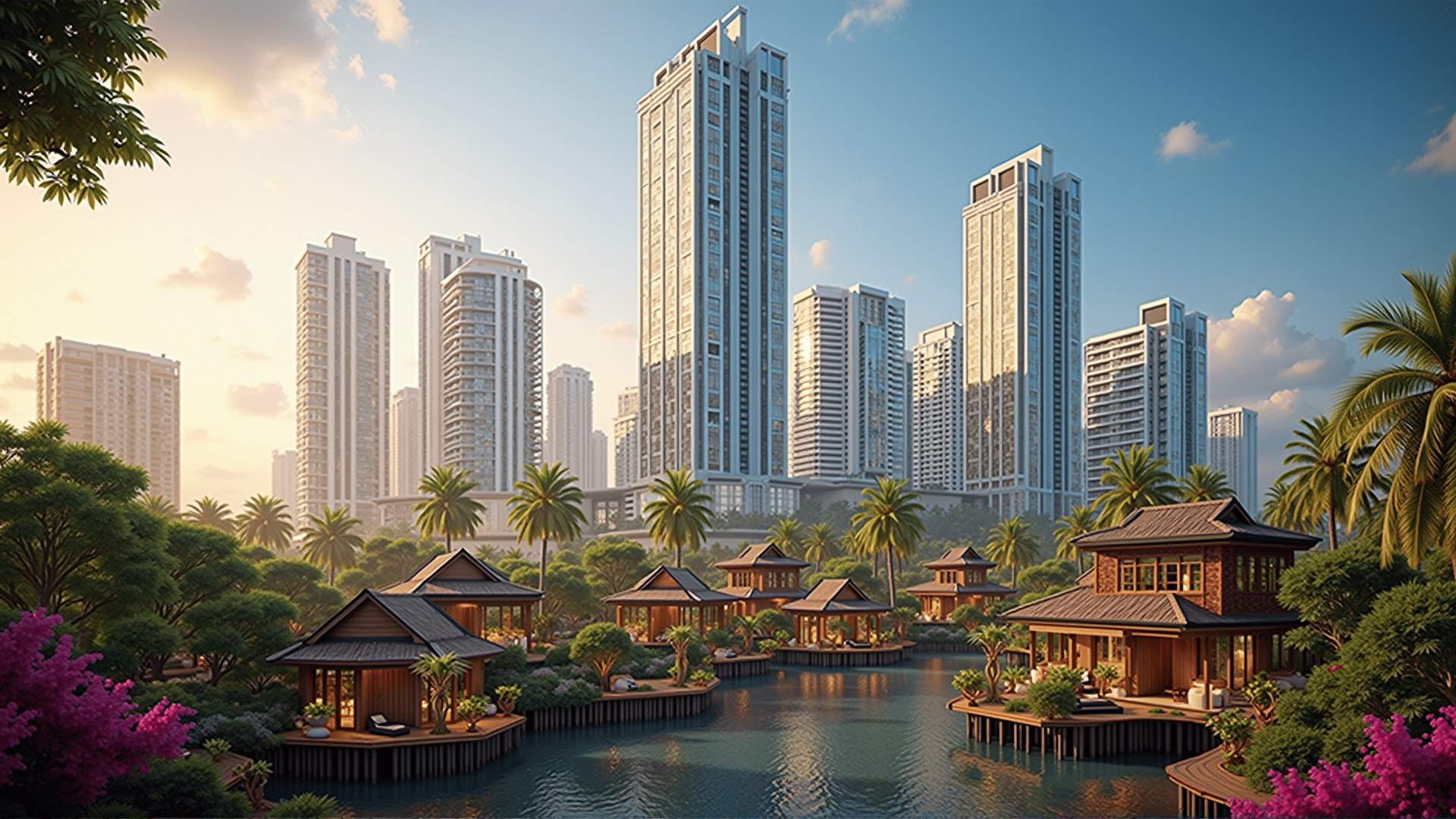The landscape of Filipino architecture today is a fascinating interplay between heritage and innovation, reflecting the nation's vibrant culture and forward-thinking outlook. This harmonious blend is most evident in the way modern Filipino architects integrate traditional motifs and sustainable practices into contemporary designs, creating structures that are not only aesthetically pleasing but also culturally resonant and environmentally conscious.
One striking aspect of modern Filipino architecture is its deep respect for the natural environment and local climate. Many architects are embracing designs that incorporate passive cooling techniques, natural light, and local materials, thus creating spaces that are both energy-efficient and comfortable. This not only pays homage to the traditional "bahay kubo" or "nipa hut," renowned for its natural ventilation and adaptability, but also adapts these concepts to suit urban landscapes and modern needs.
A significant trend within the field is the incorporation of indigenous motifs and materials into the design language of new constructions. By using elements such as woven patterns, bamboo, and rattan, architects build a bridge between the past and the present. These elements offer a tactile and visual connection to the country's rich heritage while demonstrating an innovative approach to sustainable building materials.
Moreover, modern Filipino architecture is characterized by its focus on community-centric design. Many urban developments aim to foster social interaction and a sense of community through shared spaces, open areas, and integrations with nature. This shift towards spaces that nurture social connections is a nod to the deep-rooted Filipino value of "bayanihan," or communal unity and cooperation.
Public structures and landmarks across the Philippines serve as exemplars of this architectural evolution. Cultural centers, museums, and even retail spaces are designed to be not just functional, but also to serve as cultural touchstones that reflect and celebrate Filipino identity. The result is a series of dynamic environments that invite exploration, reflection, and participation, drawing locals and visitors alike into the story of the Philippines.
Furthermore, as the world embraces digital innovation, Filipino architects are also exploring new technologies to enhance their design capabilities. From virtual reality tools that allow clients to visualize spaces before they are built to advanced modeling software that aids in the creation of complex and innovative structures, technology is playing a crucial role in pushing the boundaries of what is architecturally possible.
The realm of modern Filipino architecture is not just about buildings; it is about creating meaningful spaces that reflect the country's identity and aspirations. As more architects from the Philippines develop their unique voice and vision, the world will increasingly turn its gaze to this Southeast Asian archipelago for inspiration in blending tradition with innovation. The designs springing forth from this cultural and creative confluence are shaping the future of architecture, ensuring that it is as diverse and dynamic as the Philippines itself.
